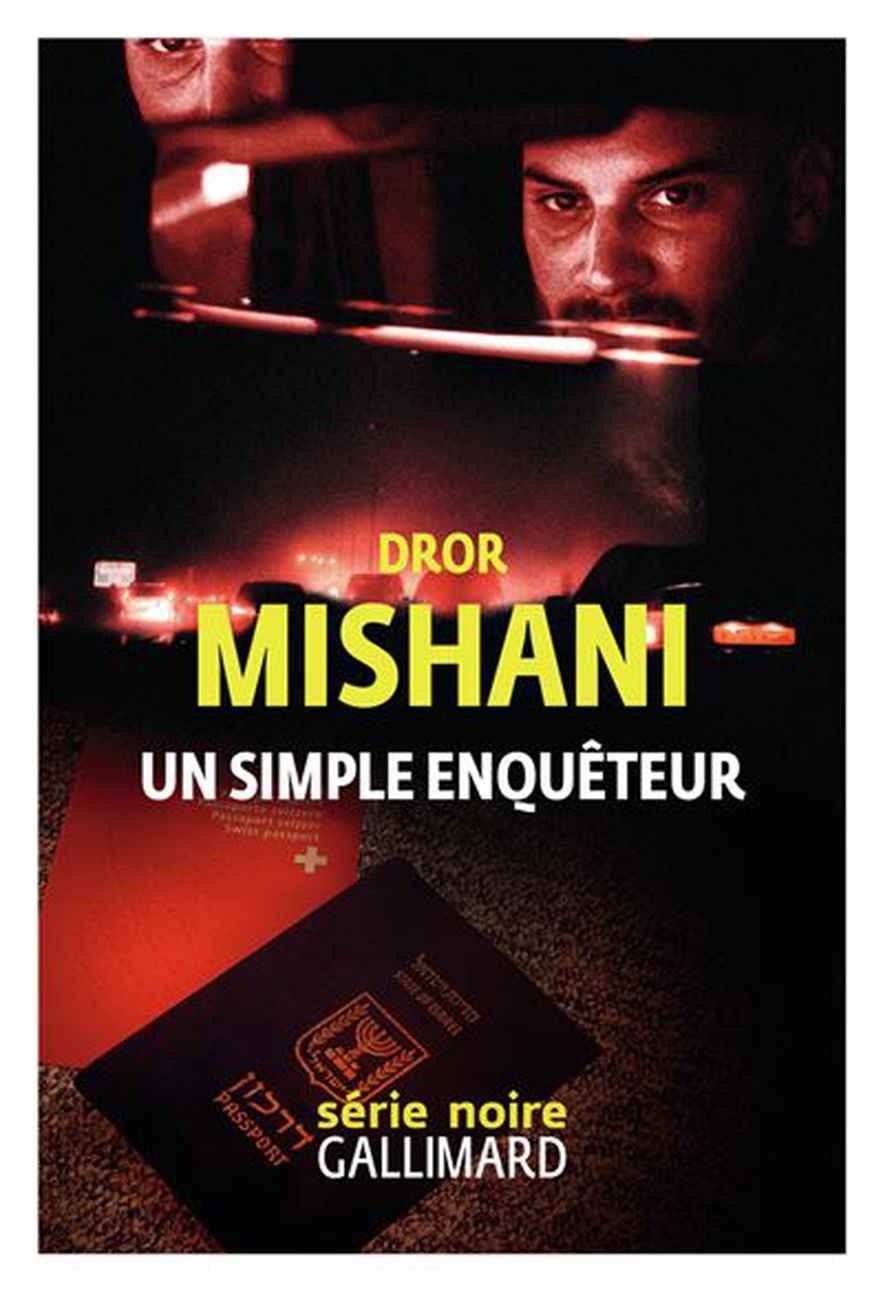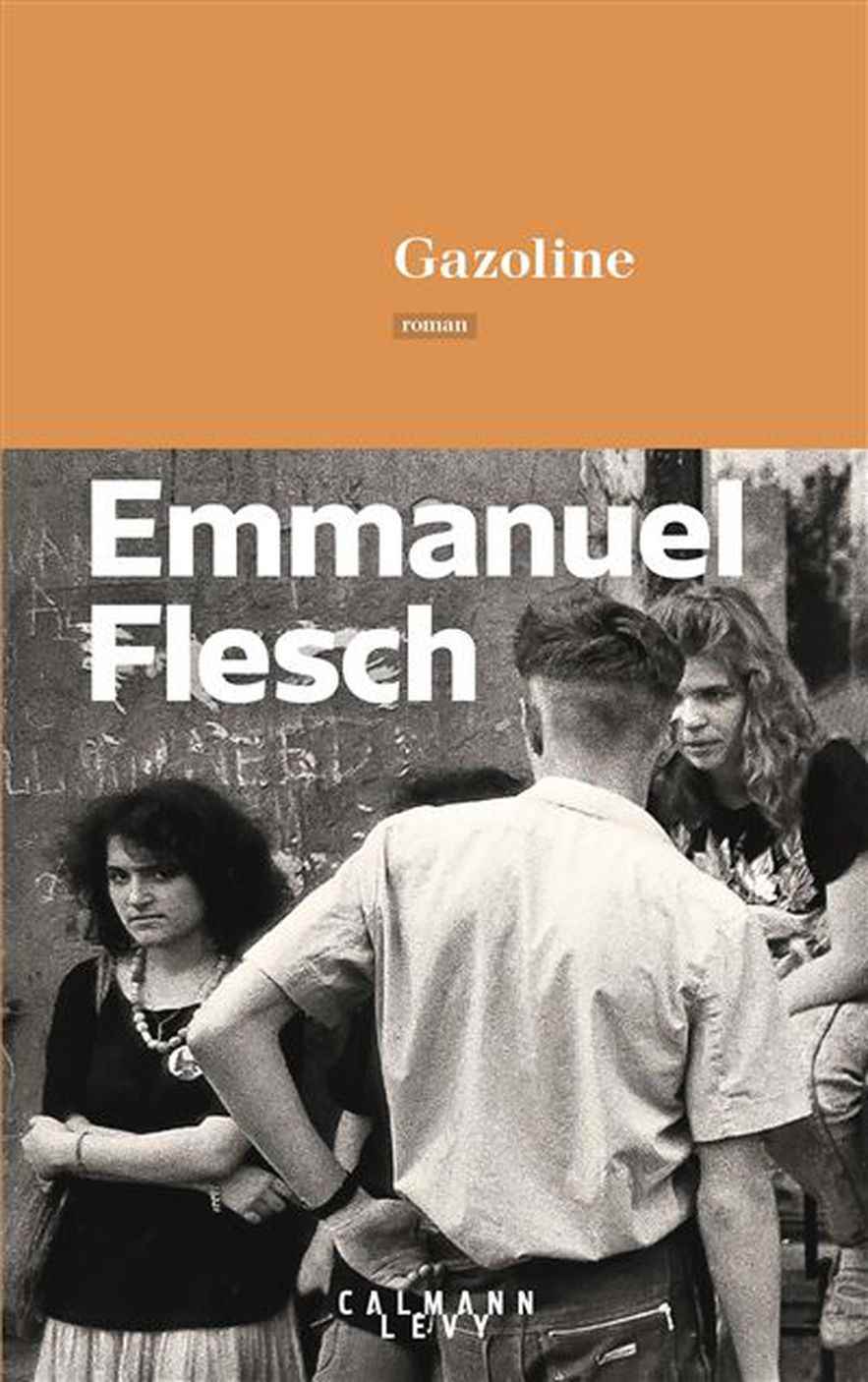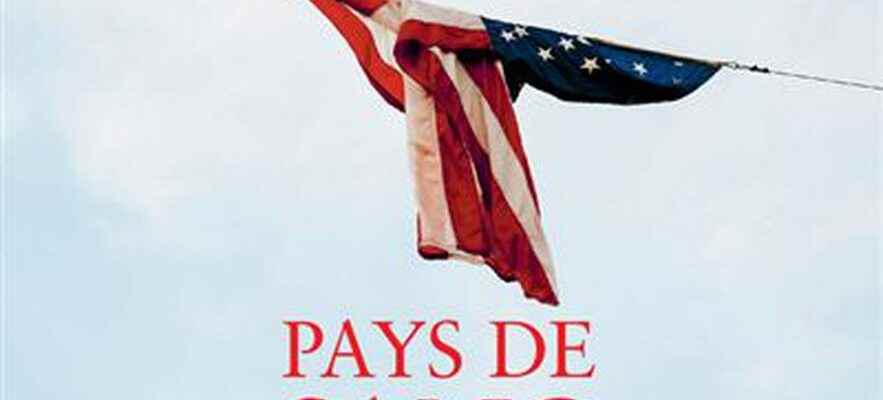country of blood
By Paul Auster, trans. of the American by Anne-Laure Tissut.
Actes Sud, 208 p., €26.
The rating of L’Express: 4/5
Blood Country By Paul Auster, trans. of the American by Anne-Laure Tissut.
© / South Acts
A History of Gun Violence in the United States, the subtitle of this fascinating essay is explicit, and the figures are even more so: 393 million weapons circulate in the country, approximately 40,000 Americans die each year from gunshot wounds, while 80,000 are injured, which makes America the most violent country in the Western world. The author of Leviathan, Paul Auster is appalled. Fine trigger, he too could have, he confides to us, own his little toy, especially since he reveals a heavy family secret (his grandmother shot her husband one evening in 1919), but the New Yorker didn’t. And to wonder about the reasons for such an addiction, going back to the time of colonial prehistory, that is to say one hundred and eighty years of incessant armed conflict against the Indians, and to the era of slavery, which saw flourish the “slave patrols”.
So many circumstances which led more or less directly to the famous second amendment, authorizing the bearing of arms. Add to that the favorite ingredients of American films, the shooting and the car chase, and we discern the roots of the evil. To drive the point home, the author lists the mass killings (about one per day), most often perpetrated “with calm and method” by solitary young men in schools, churches, cinemas, clinics, discotheques… A frightening litany that the photographer Spencer Ostrander illustrates here with black and white shots of the places violated by this human madness. A book to meditate on, and to offer to any American friend. Marianne Payot
A mere investigator
By Dror Mishani, trans. from Hebrew by Laurence Sendrowicz.
Gallimard, 352 pages, €21.
The rating of L’Express: 3/5

A Simple Investigator by Dror Mishani, Trans. from Hebrew by Laurence Sendrowicz.
© / Gallimard
The Israeli Dror Mishani has been lugging his very unique universe around the thriller world for a few years now. No bloody crime or big action scene in his house, but an atmosphere and ordinary murders committed by equally ordinary people overwhelmed by their lives. His last opus, A simple investigator, seems at first sight to take another path. In the first pages, Avraham, Mishani’s recurring hero, just married, is gripped by weariness. Like a double of the author who would like to take other literary paths, he expresses his fed up with this daily police in which he has been practicing for years. From now on, he dreams of fighting against organized crime or of an intelligence agency. He dreams of it so strongly and his boss refuses him so brutally that, when two investigations present themselves, he chooses the most exotic (the disappearance of a tourist holding several passports) to the detriment of the most banal (the abandonment of a baby in a mall).
Much more than the plot itself, which oscillates between Israel and France, it is Avraham’s moods and their consequences that make the salt of the novel. In a skilful construction mixing the two stories, Dror Mishani weaves threads questioning what we know about our loved ones, what we want to know and show, the international issues, but also the tensions that run through Israeli society. You reach the last page without really knowing what you’ve read, somewhere between a detective novel à la Maigret and a spy book à la John Le Carré, but sure that you’ve devoted time to an original text. Agnes Laurent
Gasoline
By Emmanuel Flesh.
Calmann-Lévy, 450 pages, €22.50.
The rating of L’Express: 3/5

Gasoline By Emmanuel Flesch.
© / Calmann-Levy
Even if it means scaring today’s youth, let’s remember that there was a time when cell phones did not exist and where the teen-agers in love at the time had to compete in tricks to get together without suffering the wrath of their parents. At the risk of moping in her room, Whitney Houston thoroughly. Especially if you lived in a small village, near Chalon-sur-Saône. It is this rural France of yesterday, with its small world, laborious artisans, idle youth, practicing Catholics, idealistic communists, that the forty-year-old Emmanuel Flesch, history teacher in a college in Seine-Saint-Denis, brings to life with Gasoline, his third novel. A painting crying out for truth and accuracy, which is reminiscent Their children after them by Nicolas Matthew.
The story unfolds over four seasons, from autumn 1988 – Mitterrand begins his second term – to summer 1989, celebration of the bicentenary of the French Revolution, in the company of a plethora of protagonists, with, from the youngest to the older: Samuel the soccer player, 10 and a half years old, in love with Delphine and friend of Alex, the turbulent middle-class man who has just moved into the brand new housing estate; Sandra, Alex’s pretty older sister, furious to find herself in “this rotten bled”; Gildas, the “bad boy”, who has a crush on Sandra; Father Berthelot, an aging winegrower; Father Comuzzi, an incorrigible communist; Mrs. Derain, a benevolent centenarian… One day, the winegrower’s barn catches fire, resentment awakes, rumors run amok. And young people never stop struggling in their first emotions of heart and body, as in 2023… PM
